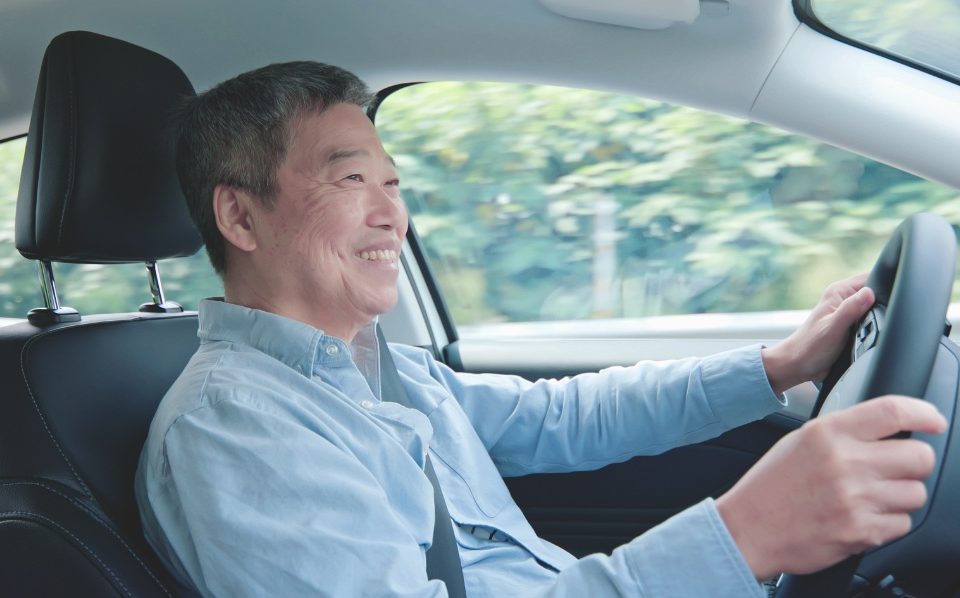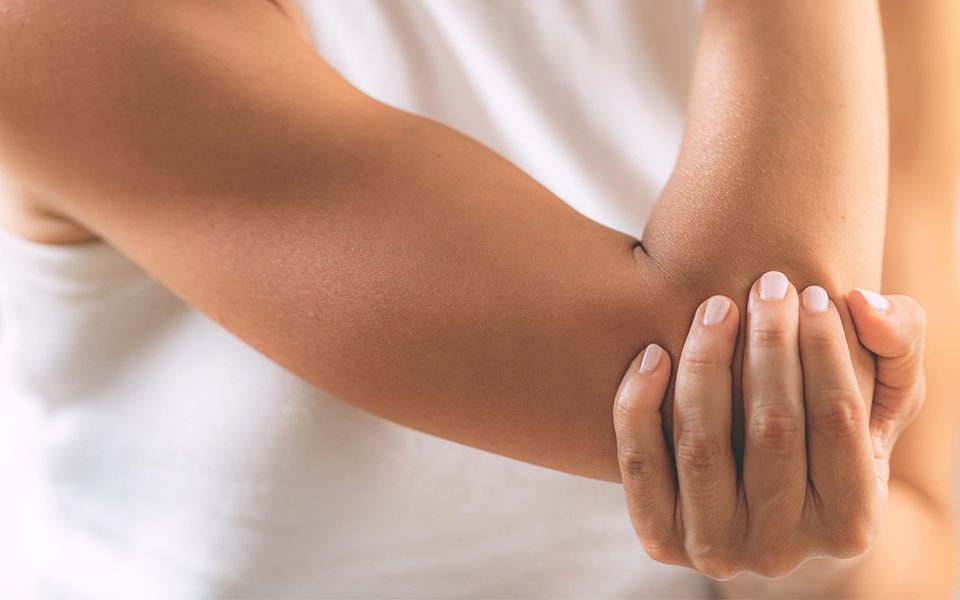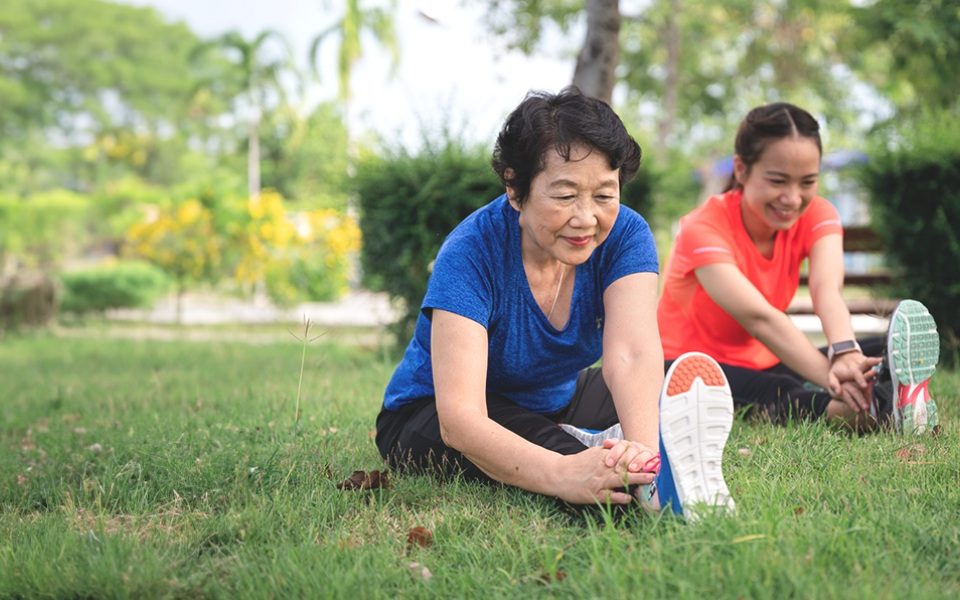ACL Injury Treatment and Rehabilitation
by: Chin Yi Khern, Physiotherapist, Regis Wellness
Last updated: November 29, 2025
Anterior cruciate ligament (ACL) injuries are one of the most common forms of knee injuries. It accounts for more than half of all knee injuries. These injuries are common in both professional and recreational sports athletes. ACL injuries may be severe, with some ACL injuries requiring surgery.
Surgery for ACL injuries tends to be expensive and requires a significant rehabilitation period with dedicated physiotherapy at least for 6 months after the surgery.
ACL Injury in Singapore
An ACL injury is a common sports injury in Singapore as well. In a study published in 2017, the prevalence of ACL tears within a sports setting was recorded to be 87.1% and 87.5% for males and females respectively. Soccer, basketball, racquet sports such as badminton and squash, and volleyball were the sports that resulted in the most amount of ACL tears.
Non-sporting related ACL tears were attributed to falls, slips and traffic accidents.

What is an ACL Injury?
The ACL holds the thighbone, shinbone, and kneecap together, controlling the back-and-forth movement of the knees. ACL injuries can be a sprain or a partial/complete tear of the ACL. Most ACL injuries happen during sports due to the sudden stops or changes in direction involved. When an ACL injury happens, you may feel a “popping” sensation in the knee, followed by swelling of the knee.
ACL Injury Symptoms
Some people may not experience the “popping” sensation in the knee when they suffer an ACL injury. Other common ACL injury symptoms include:
- Pain. You may feel some pain along your injured knee. For minor ACL injuries, you may not feel pain but instead, feel soreness along the knee joint.
- Swelling. Your knee joint may swell up after your ACL injury.
- Difficulty walking. An ACL injury may make it difficult for you to walk. You may feel that your knee joint feels loose.
- Loss of range of motion. ACL injuries can cause your knee to lose its range of motion, being unable to bend and flex as much as you would be able to prior to the injury.
ACL Injury Risk Factors
The following factors can increase your risk of developing an ACL injury:
- Sex. Women are more prone to ACL injuries. The incidence of ACL injuries in women is 2 to 8 times greater than men.
- Participating in sports that involve sudden stopping and turns. Sports that require such quick, drastic movement can increase your risk of injuring your ACL. These include basketball, soccer and gymnastics.
- Poor conditioning. If your body is not well conditioned to withstand the intensity of your workout, you will be more prone to injuries such as an ACL injury.
- Improper movement. Poor movement patterns can increase your risk of ACL injuries. For example, moving your knees inward during a squat.
- Poor-fitting footwear. Proper footwear is key in protecting yourself from injuries, especially during sports. Having footwear that does not fit well can expose you to injuries such as an ACL injury.
Complications of ACL Injuries
ACL injuries can lead to health complications. These include:
- Increased risk of developing knee osteoarthritis in the long term
- Damage to your joint cartilage
- A loss in range of motion
Diagnosing ACL Injuries
Your doctor will assess the condition of your knee by conducting a physical examination, checking for swelling and tenderness. Any loss in your range of motion will also be checked for. Depending on the severity of your injury, additional imaging tests such as an X-ray, Magnetic Resonance Imaging (MRI) or ultrasound might be required to rule out other possible causes for your injury.
Preventing ACL Injuries
While sports injuries such as ACL injuries can sometimes be unavoidable, there are some steps that you can take to lower your risks of ACL injuries. Some ACL injury prevention tips for athletes include:
- Core strengthening exercises. Strengthening and conditioning your core can help you improve your balance and fix improper movements and posture due to muscle imbalances, such as moving your knees inwards during a squat.
- Leg strengthening exercises. Strengthening and conditioning your leg muscles can improve your overall balance in leg muscle strength.
- Train with proper technique in mind. When participating in sports that require a lot of jumping, landing with proper technique is key to avoiding ACL injuries.
- Improving your movement technique. When participating in sports that require a lot of sudden turns and pivoting, proper technique can help you reduce the risk of ACL injuries.
- Protective gear. Using the proper protective gear for your respective sport is essential in preventing injuries such as an ACL injury.
Treatment and Rehabilitation for ACL Injury
RICE Model of Self-care
Following the RICE model of self-care can help you to relieve pain and swelling immediately after an injury.
- Rest. Rest is essential to take off pressure from your injured knee and prevent further aggravation.
- Ice. Putting ice against your injured knee can help to relieve pain symptoms.
- Compression. Use an elastic band or compression wrap to support your injured knee.
- Elevation. Elevating your knee will improve blood circulation.
Medications
Anti-inflammatory pain-relieving drugs can help you alleviate symptoms of pain and swelling. Depending on the intensity of your pain, you may get prescriptions for stronger drugs, or even get a steroid injection into your knee for pain relief.
Knee Brace
For minor ACL injuries, the use of a knee brace while participating in sports can provide sufficient support for the injured knee.
Surgery
For more severe ACL injuries, such as a complete ACL tear, ACL tear surgery may be necessary. The damaged ACL is either repaired or replaced with a graft (usually taken from the patient’s own tendon). After the surgery, physiotherapy will be required to help you complete your rehabilitation and get back into shape. This rehabilitation period may take six months to a year.
Physiotherapy and Rehabilitation
Physiotherapy and structured post-surgical rehabilitation are essential for restoring knee movement, stability, and function after an ACL injury. This is especially important if you are an athlete who wants to return to training and competition safely and confidently.
The rehabilitation process typically takes 6 to 12 months, depending on the severity of the ACL injury, whether you have undergone surgery, your age, and your activity level. For patients who have ACL reconstruction, it is important to understand that surgery alone is not enough, consistent, well-guided physiotherapy is crucial. Poor compliance with rehabilitation greatly increases the risk of a stiff knee, reduced range of motion, ongoing pain, and difficulty returning to sport or daily activities.
ACL rehabilitation is usually divided into phases, each with specific goals and treatments:
- Early Phase – Pain, Swelling & Range of Motion
The focus is on protecting the knee, reducing pain and swelling, and restoring movement. This may include:- Gentle range of motion (ROM) exercises to safely bend and straighten the knee
- Quadriceps activation exercises (e.g. quad sets, straight leg raises) to prevent muscle wasting
- Hot and Cold Therapy to relieve pain, reduce swelling, and ease stiffness
- Ultrasound Therapy to support tissue healing, improve blood flow, and reduce discomfort
- Electrotherapy or TENS Therapy to help reduce pain, muscle spasms, and promote healing
- Manual therapy, such as gentle joint mobilisation and soft tissue release, to improve comfort and mobility
- Strengthening & Stability Phase
As pain settles and motion improves, the program progresses to rebuilding strength, balance, and control:- Sports Physiotherapy to guide corrective exercises, improve movement patterns, and address sport-specific demands
- Strength and Conditioning focusing on quadriceps, hamstrings, gluteal and calf strength, as well as core stability
- Balance and proprioception training (e.g. single-leg stance, unstable surfaces) to enhance knee stability
- Sports Injury Management to monitor healing, adjust load, and prevent further injury
- Sports Massage and Deep Tissue Massage to reduce muscle tightness, relieve tension, and improve flexibility
- Myofascial Trigger Point Therapy to release trigger points and ease “knots” in surrounding muscles
- Advanced Functional & Return-to-Sport Phase
In the final stage, the focus shifts to high-level function and safe return to sport:- Progressive functional strengthening (e.g. squats, lunges, step-downs)
- Gradual plyometric training (hopping, jumping, landing drills) when appropriate
- Agility and change-of-direction drills to prepare for cutting, pivoting, and sudden movements
- Sport-specific drills tailored to your sport (e.g. football, basketball, netball)
- Post-Surgical Rehabilitation follow-up to ensure your knee is strong, stable, and ready for full return to play
Throughout your recovery, our physiotherapist will combine these treatments as needed, adjusting intensity, monitoring your progress, and guiding each stage of rehabilitation. By following your program closely and working together with our physiotherapist, you can optimise your recovery and work towards a safe, confident return to your usual activities and sport.
Disclaimer:
The information on this website, including but not limited to, text, graphics, images, videos and all other materials contained on this website is for informational purposes only. None of the material is meant to replace a certified and registered Doctor's professional medical advice, diagnosis, and treatment.
No warranties or representations are given in respect of the medical information. Regis Wellness, Regis Wellness’s staff, and the website's operator will not be held liable if a user suffers any injury or loss after relying upon the medical information on this website.
Any devices used for technology-enhanced therapies are intended for use only for general well-being purposes or to encourage or maintain a healthy lifestyle and is not intended to be used for any medical purpose (such as the detection. diagnosis, monitoring, management or treatment of any medical condition or disease). Any health-related information provided by this device or software should not be treated as medical advice. Please consult a certified and registered Doctor for any medical advice required. As with all medical conditions, there are exceptions and nuances to individuals’ condition and treatment modalities. We aim to provide only a general understanding for each section.
“ACL Injury.” ACL Injury - Diagnosis and Treatment, Mayo Foundation for Medical Education and Research, 10 Mar. 2021, https://www.mayoclinic.org/diseases-conditions/acl-injury/diagnosis-treatment/drc-20350744.
“ACL Injury.” ACL Injury - Symptoms and Causes, Mayo Foundation for Medical Education and Research, 10 Mar. 2021, https://www.mayoclinic.org/diseases-conditions/acl-injury/symptoms-causes/syc-20350738#:~:text=An%20ACL%20injury%20is%20a,to%20your%20shinbone%20(tibia).
ACL Tear: Symptoms, Complications, and Treatment, Practo Health Wiki, https://www.practo.com/health-wiki/acl-tear-symptoms-complications-and-treatment/265/article#6.
“Anterior Cruciate Ligament (ACL) Injuries.” Anterior Cruciate Ligament (ACL) Injuries - Orthoinfo - Aaos, OrthoInfo, Mar. 2014, https://orthoinfo.aaos.org/en/diseases--conditions/anterior-cruciate-ligament-acl-injuries/.
Kvist, Joanna. “Rehabilitation following anterior cruciate ligament injury: current recommendations for sports participation.” Sports medicine (Auckland, N.Z.) vol. 34,4, 2004. 269-80. doi:10.2165/00007256-200434040-00006
Ma, Benjamin. “Anterior Cruciate Ligament (ACL) Injury.” Anterior Cruciate Ligament (ACL) Injury: Medlineplus Medical Encyclopedia, MedlinePlus, 7 Aug. 2020, https://medlineplus.gov/ency/article/001074.htm.
Sayampanathan, Andrew Arjun et al. “Epidemiology of surgically managed anterior cruciate ligament ruptures in a sports surgery practice.” Journal of orthopaedic surgery (Hong Kong) vol. 25,1, 2017. : 2309499016684289. doi:10.1177/2309499016684289
“The female ACL: Why is it more prone to injury?.” Journal of orthopaedics vol. 13,2 A1-4. 24 Mar. 2016, doi:10.1016/S0972-978X(16)00023-4
Wheeler, Tyler. “ACL Injury: What to Know.” Anterior Cruciate Ligament (ACL) Injuries: Symptoms, Treatment, & Recovery, WebMD, 18 Dec. 2020, https://www.webmd.com/pain-management/knee-pain/acl-injury-what-to-know.
Zippelius, Karl. “The integrative TCM treatment of cruciate ligament injury.” Journal of Chinese Medicine. 2017. 5-14.


